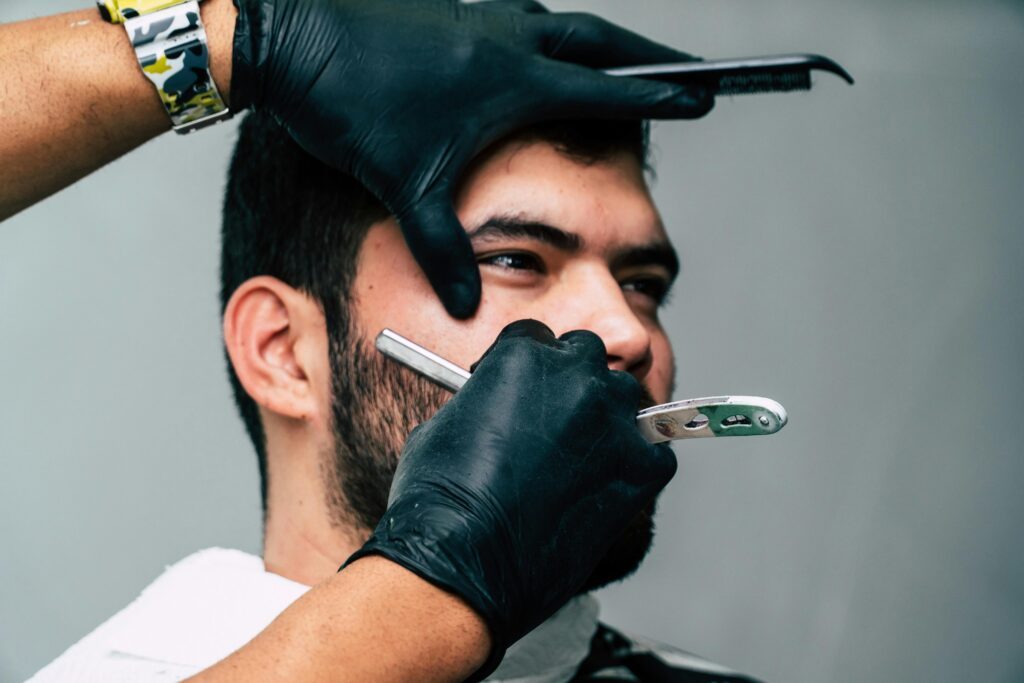When considering hair restoration at COVA Hair, recognizing how your unique hair type impacts the transplant process is key to achieving the best results. Hair texture, curl pattern, thickness, and density all factor into which approach will work best for you. Below, we explore how different hair types interact with two leading transplant techniques—Follicular Unit Transplantation (FUT) and Follicular Unit Extraction (FUE)—and why understanding your hair type is crucial to your hair restoration journey.

Understanding Hair Types: The Foundation of Hair Transplant Success
Hair comes in various forms, generally classified into straight, wavy, and curly or coiled categories. Each type has its own set of considerations when undergoing hair restoration, influencing the procedure’s complexity and the final outcome.
FUT vs. FUE: Which Is Right for You?
Follicular Unit Transplantation (FUT):
- How It Works: Involves harvesting a strip of scalp from the donor area, usually the back of the head, and dissecting it into individual follicular units for transplantation.
- Ideal For: FUT is adaptable to all hair types and offers the ability to cover larger areas of hair loss with high-density placement. It is often recommended for those needing extensive restoration due to its ability to provide more grafts in a single session.
Follicular Unit Extraction (FUE):
- How It Works: Involves the extraction of individual follicular units using tiny punches (ranging from 0.6mm to 1.0mm) to harvest follicles from the donor area. This method leaves minimal scarring and allows for faster healing.
- Ideal For: FUE is also suitable for all hair types but requires special expertise when dealing with curly or coiled hair, as these follicles tend to curve beneath the skin. This makes proper extraction critical to avoid damaging the follicles and ensure optimal transplant results.
How Hair Type Impacts Transplant Procedures
Curly or Coiled Hair:
- Challenges: Curly and coiled hair types present unique challenges, especially with FUE. Since the follicles are often curved beneath the surface, it takes a high level of expertise to extract them successfully without damaging the structure. However, when performed correctly, these hair types can provide exceptional coverage due to their natural volume and texture.
Straight Hair:
- Suitability: Straight hair is generally more straightforward to transplant, regardless of whether you choose FUT or FUE. The extraction and implantation processes are typically simpler, and both techniques yield excellent results. FUE is often preferred for those seeking minimal scarring and faster recovery.
Wavy Hair:
- Coverage Benefits: Wavy hair offers a natural advantage when it comes to coverage, as the waves can create the appearance of density with fewer grafts. Both FUT and FUE are effective options for wavy hair, and the decision often comes down to individual goals and the characteristics of the donor area.
Factors Beyond Hair Type
While hair type is a key factor in selecting a transplant technique, other considerations also come into play:
- Degree of Hair Loss: The extent and pattern of hair loss affect the approach to the procedure.
- Donor Hair Quality: The thickness, density, and quality of donor hair determine how many grafts can be successfully harvested.
- Surgeon’s Skill: The experience of the transplant surgeon is critical to ensuring that the procedure is tailored to your unique hair type and delivers the best possible outcome.
Achieving Natural-Looking Results with COVA Hair
At COVA Hair, we understand the importance of customizing hair transplant procedures to suit the specific needs of our patients. With advancements in technology and techniques, successful hair restoration is achievable for all hair types—whether straight, wavy, curly, or coiled. Our expert team will evaluate your hair characteristics and recommend the approach that will yield the most natural-looking results, restoring your confidence and enhancing your appearance.
By understanding how your hair type affects the transplant process, you are better equipped to make informed decisions about your hair restoration journey. Trusting the expertise of COVA Hair ensures that your procedure is designed to meet your needs, giving you the results you desire with a personal touch.
Consult with a qualified COVA Hair restoration surgeon who can guide you through the process and help determine the best approach for your specific needs.


